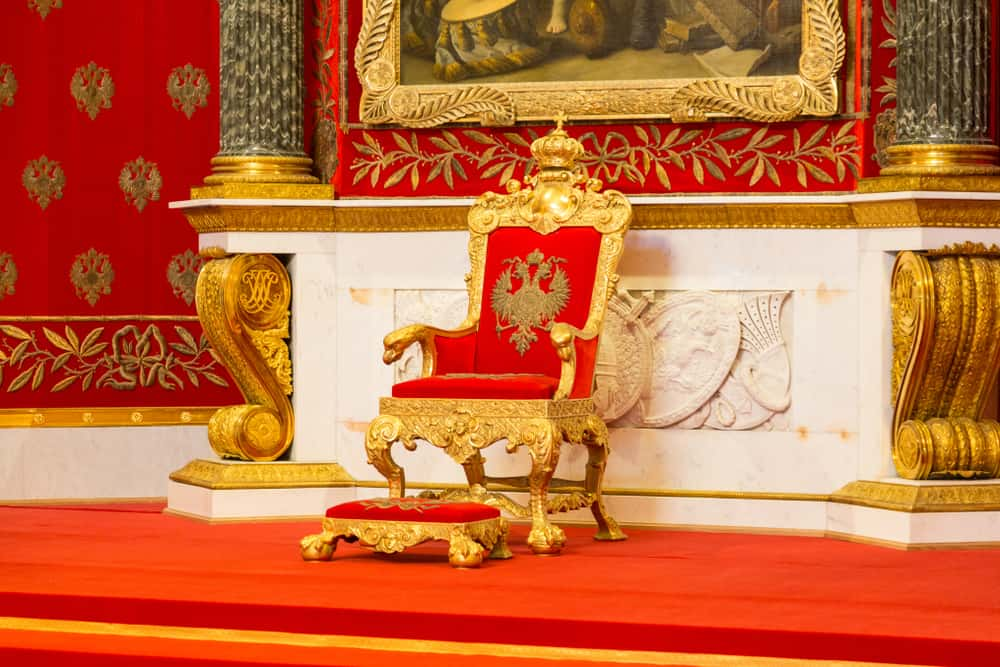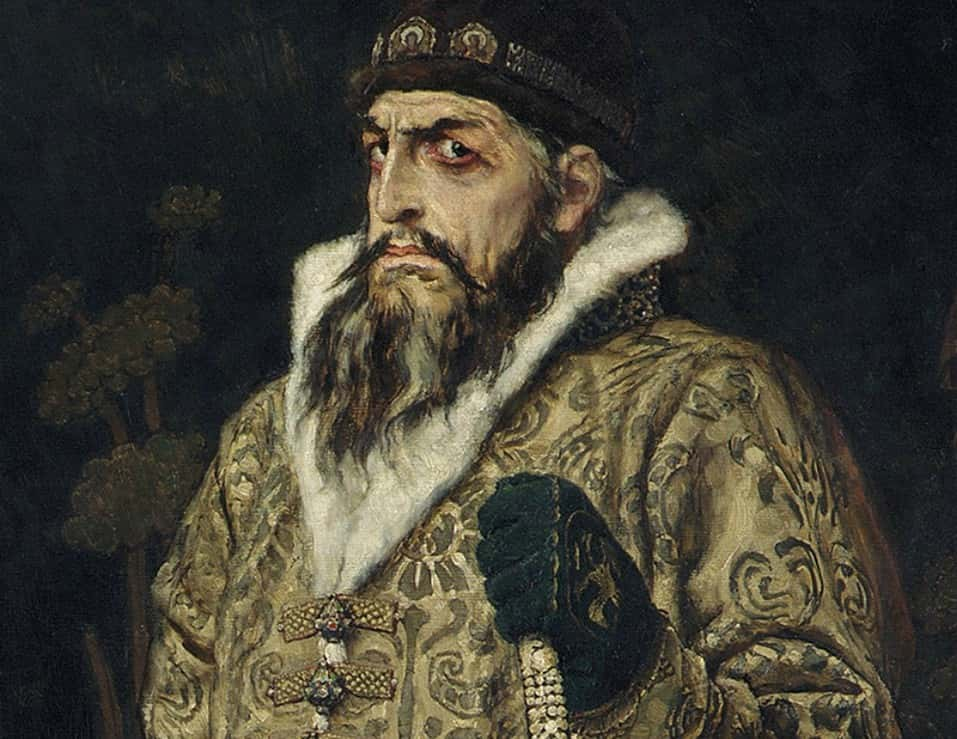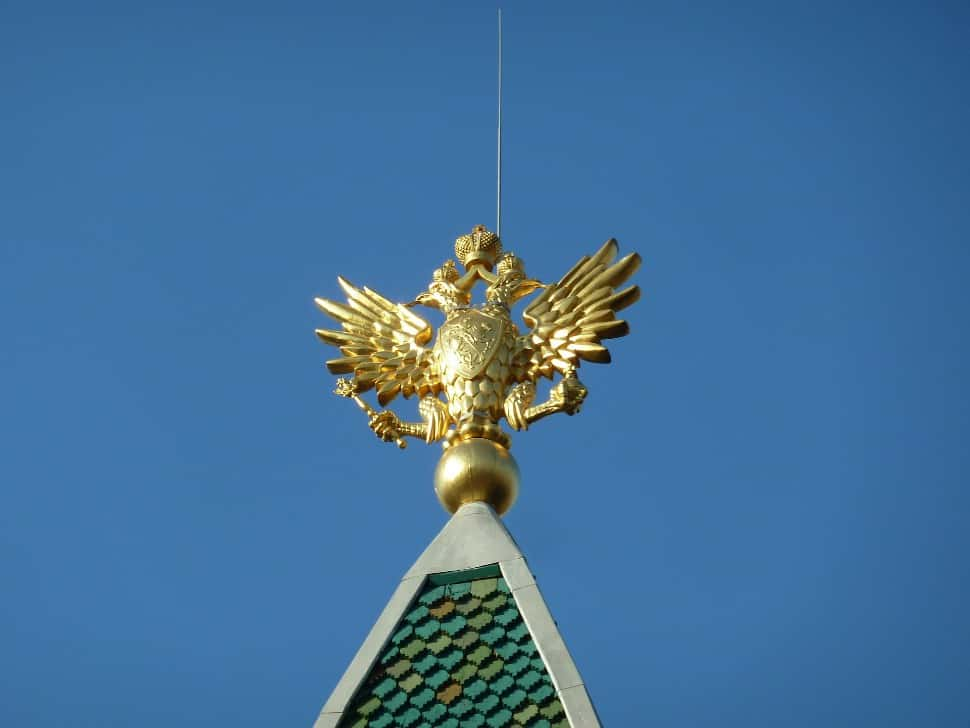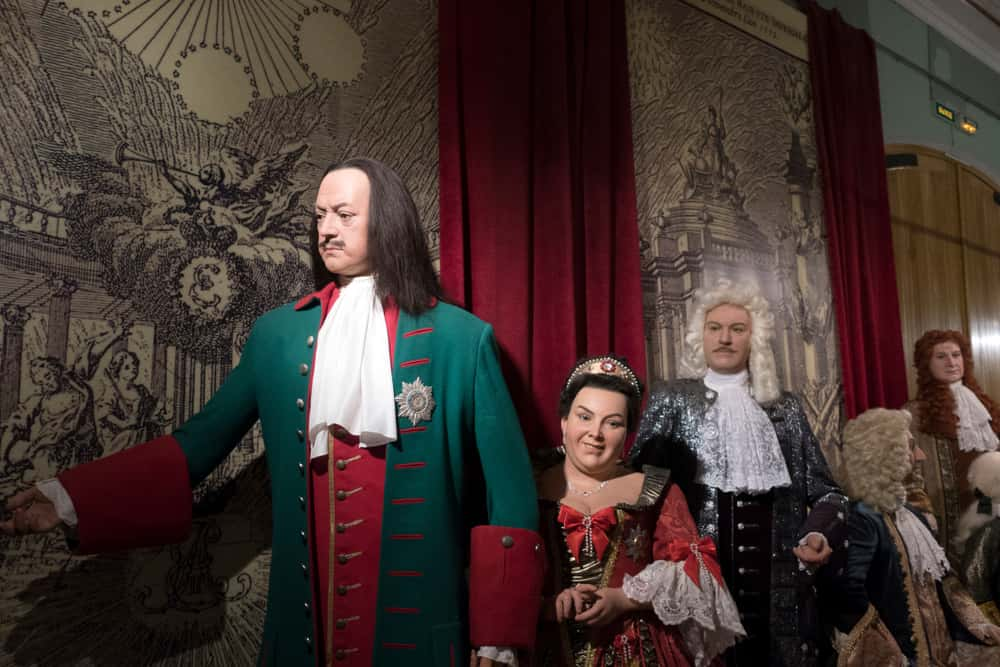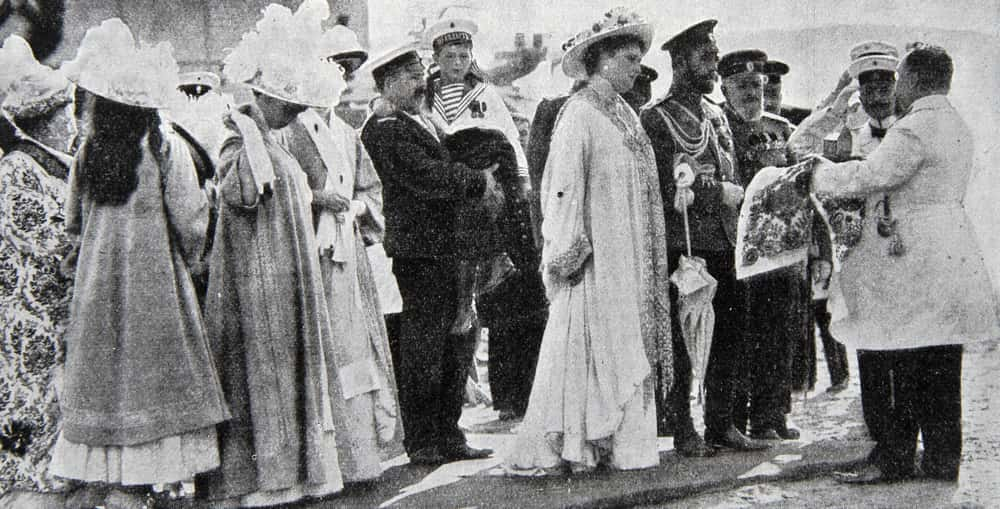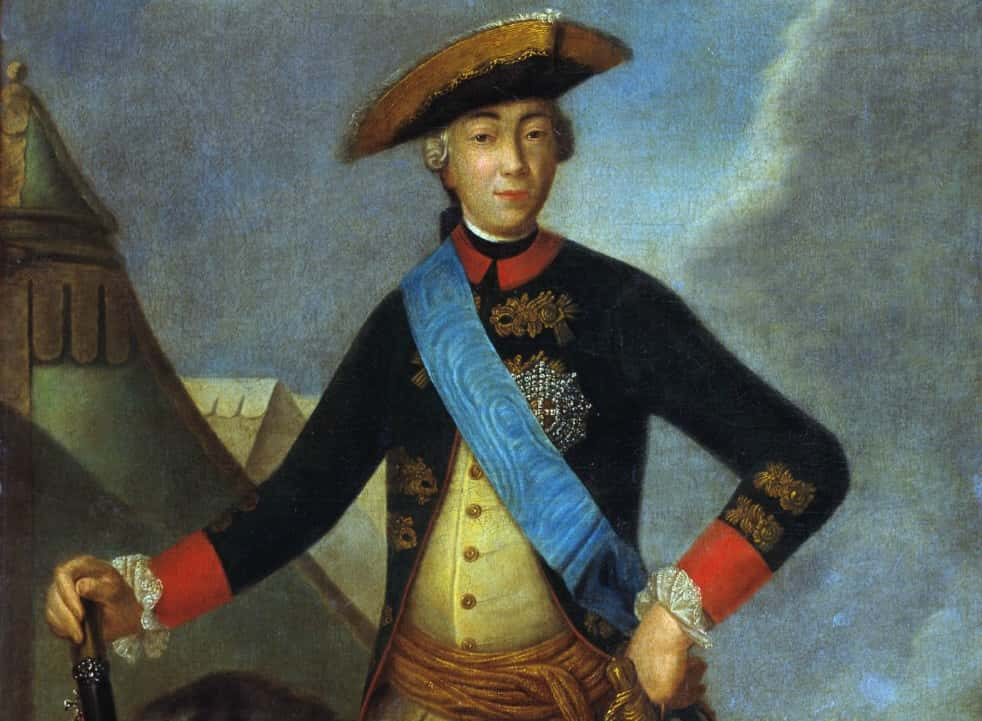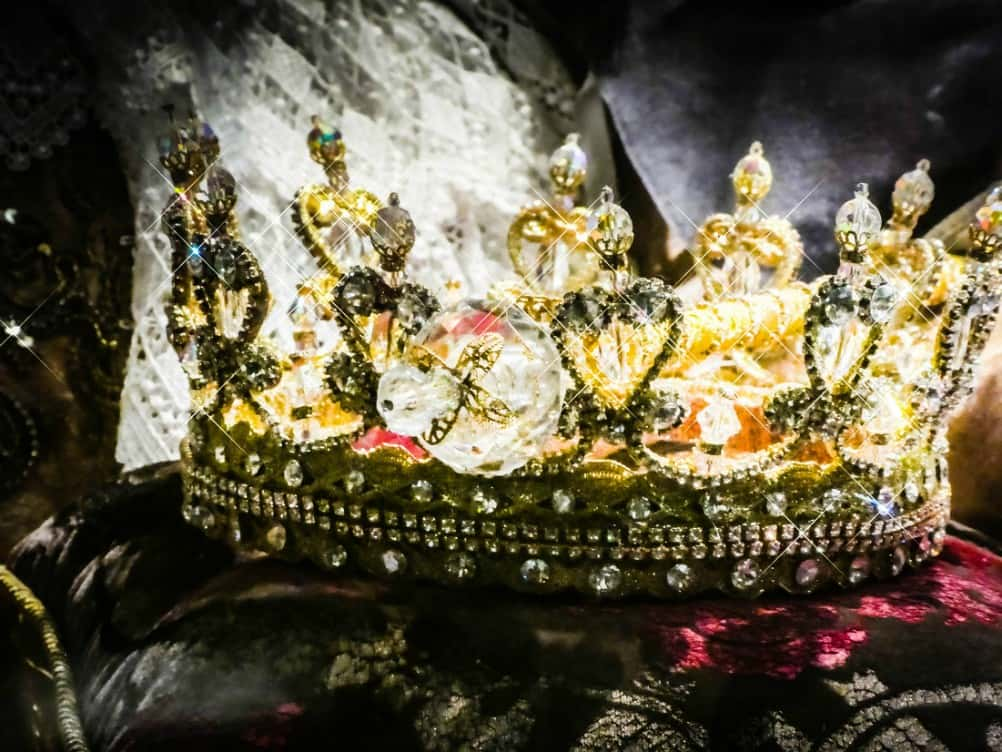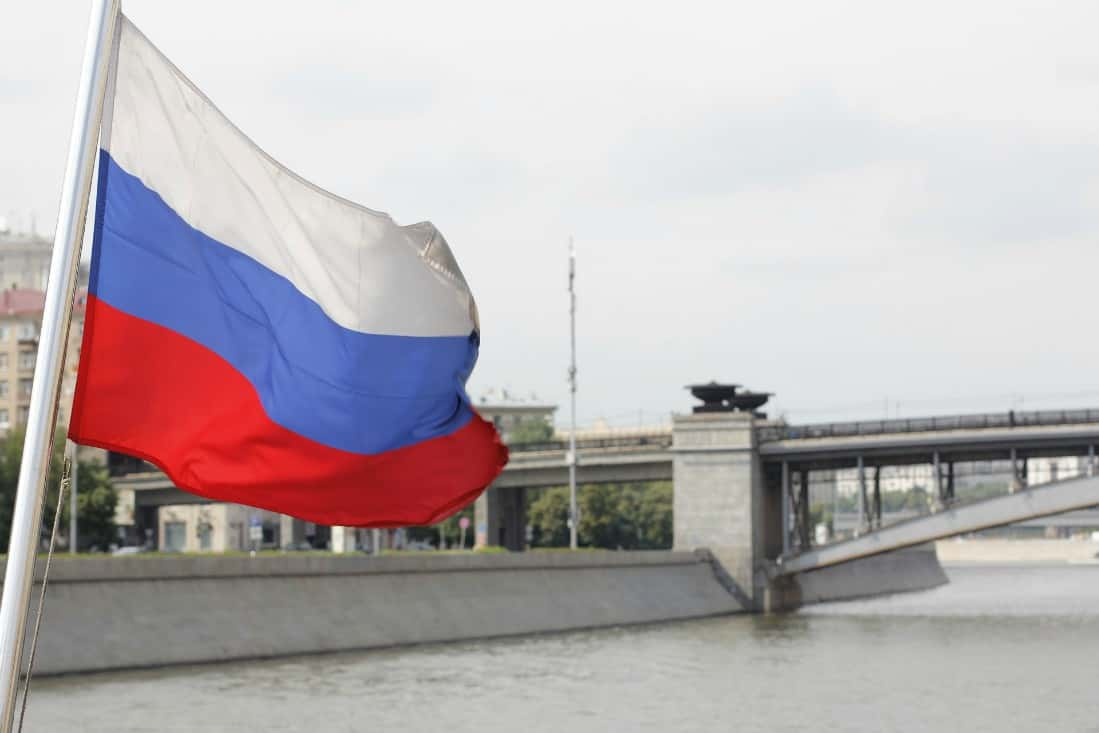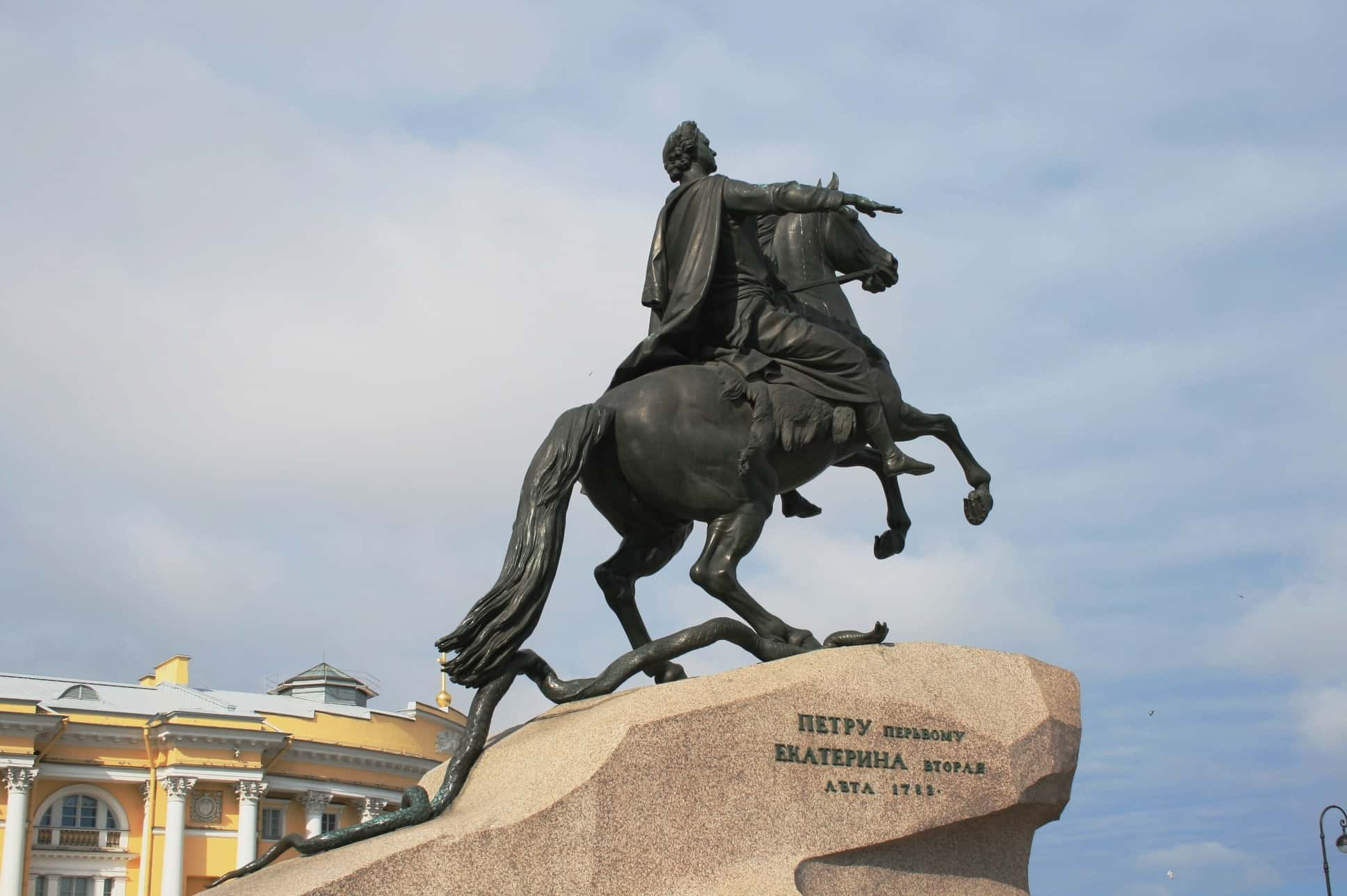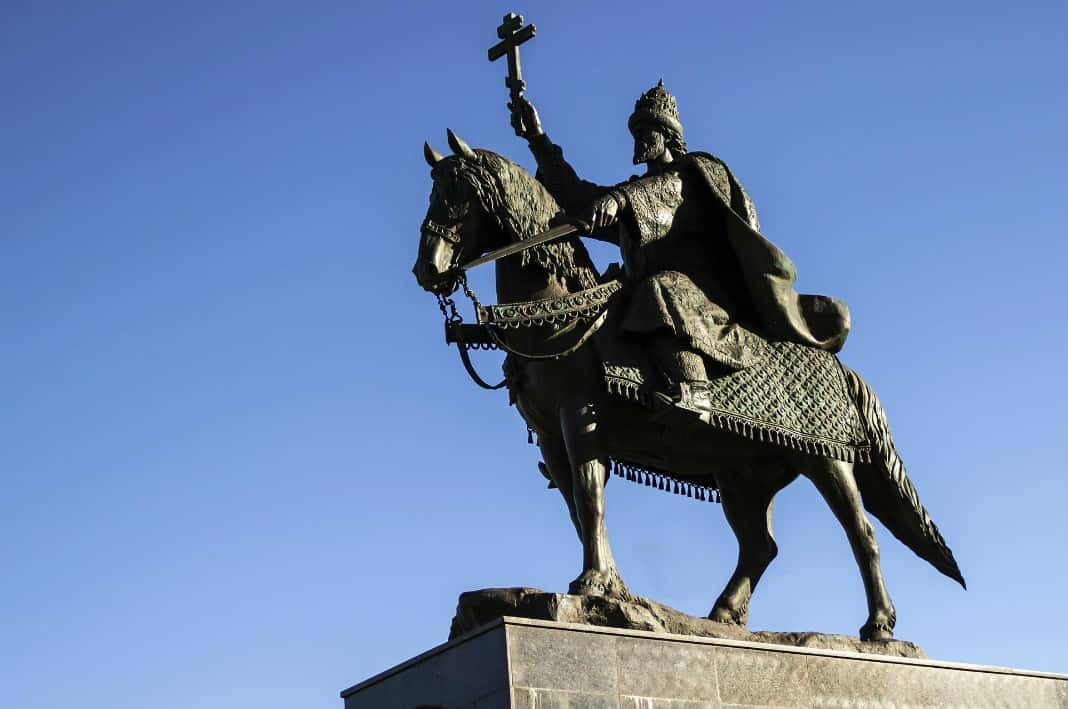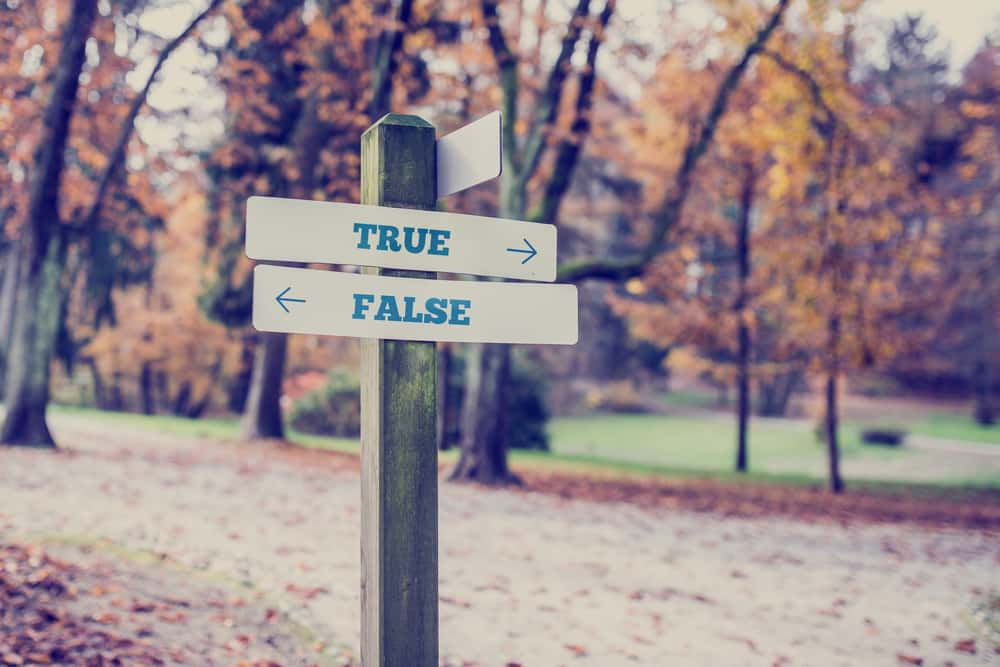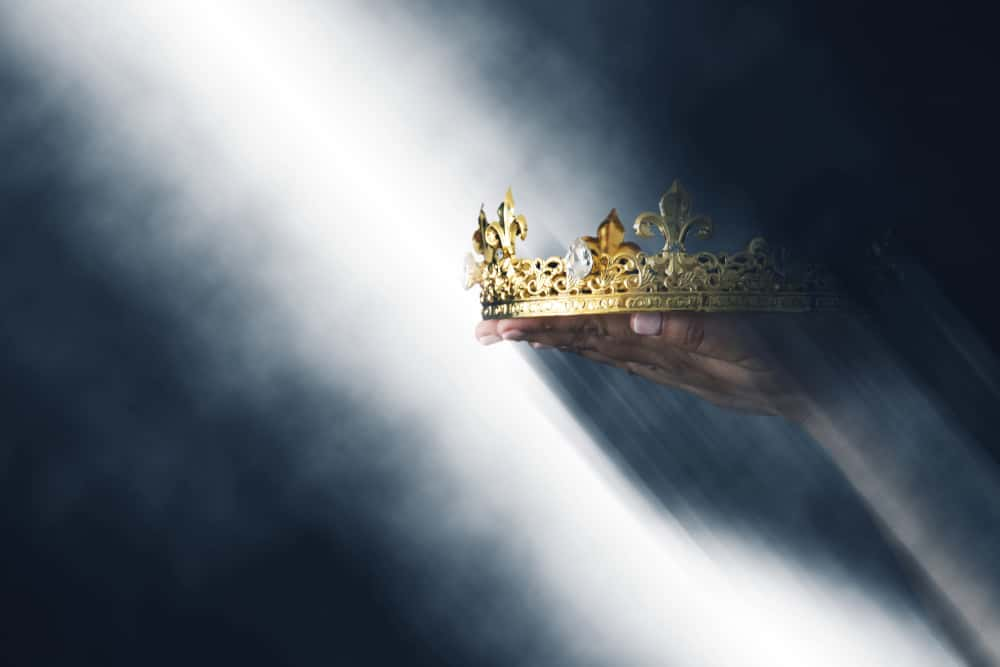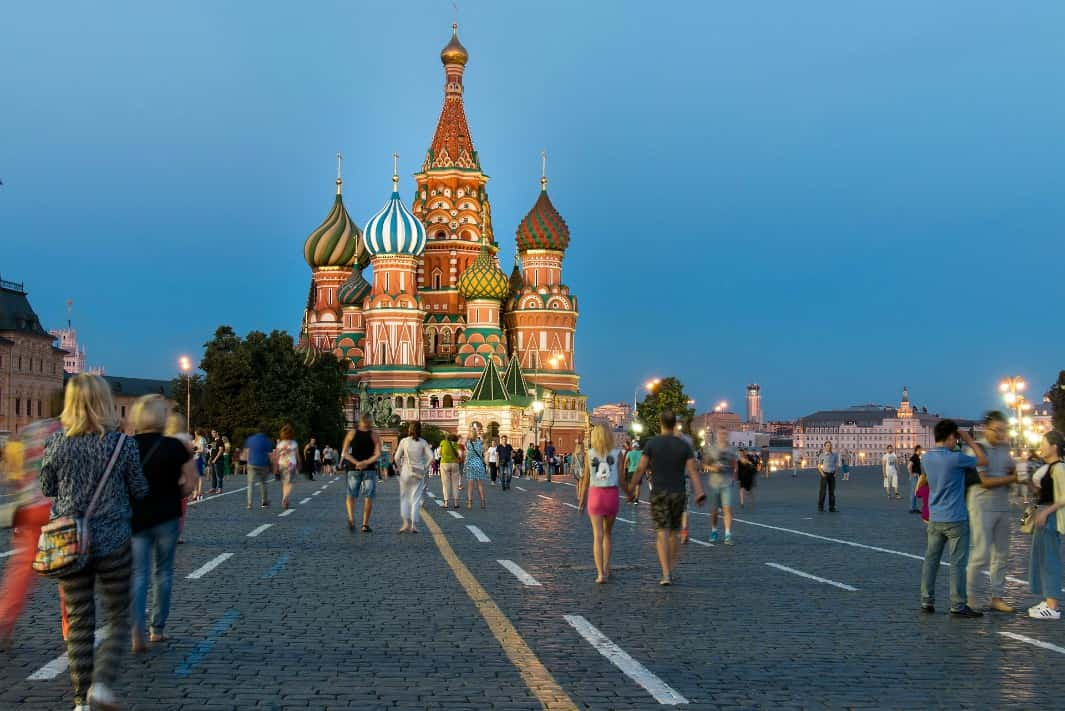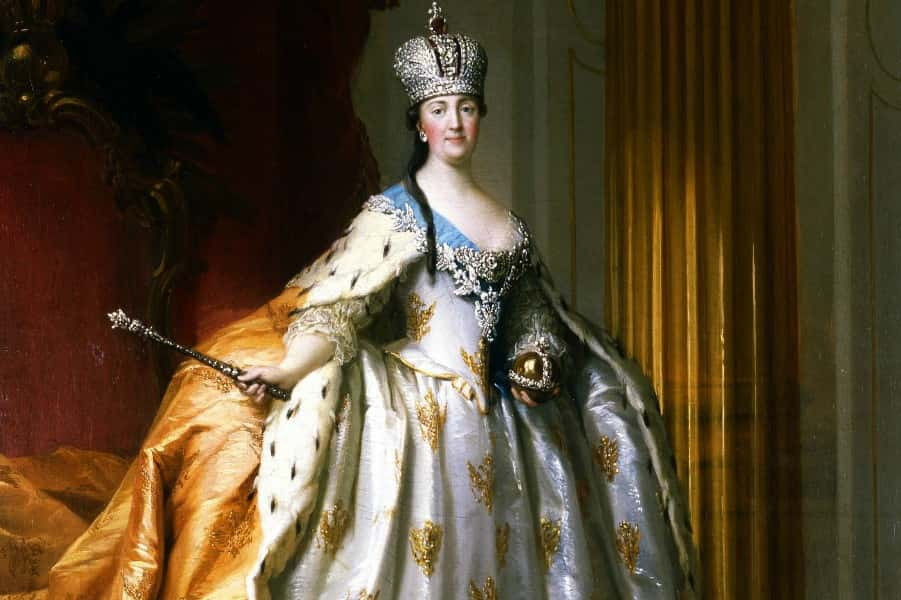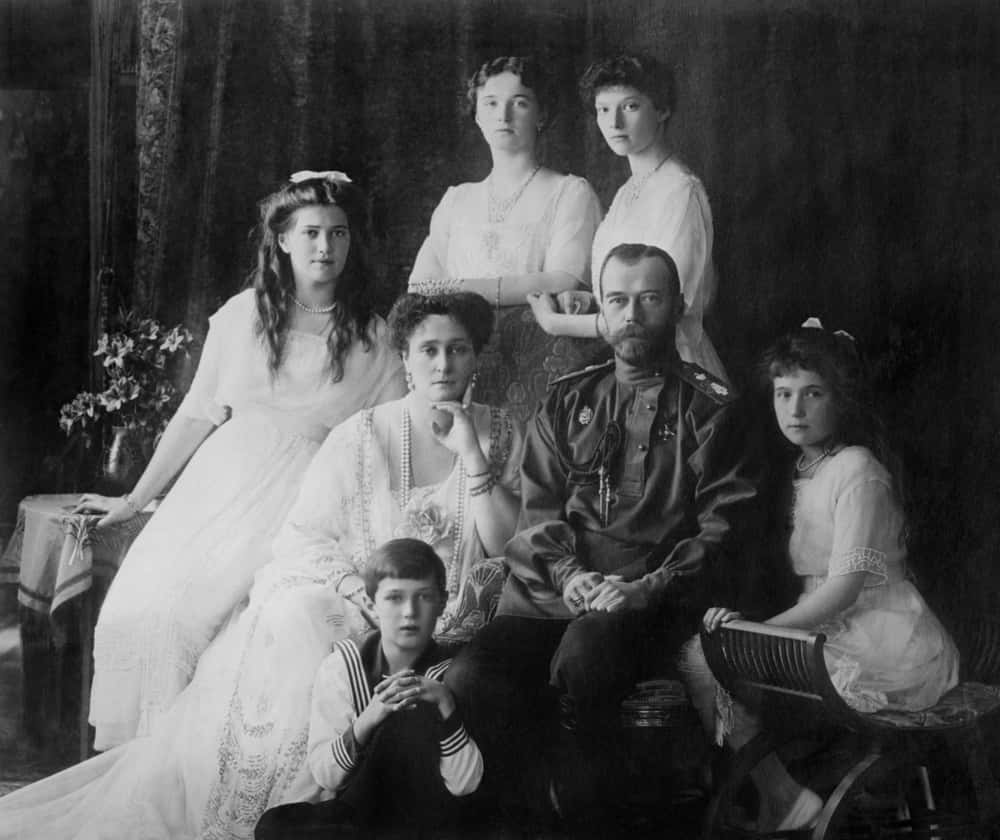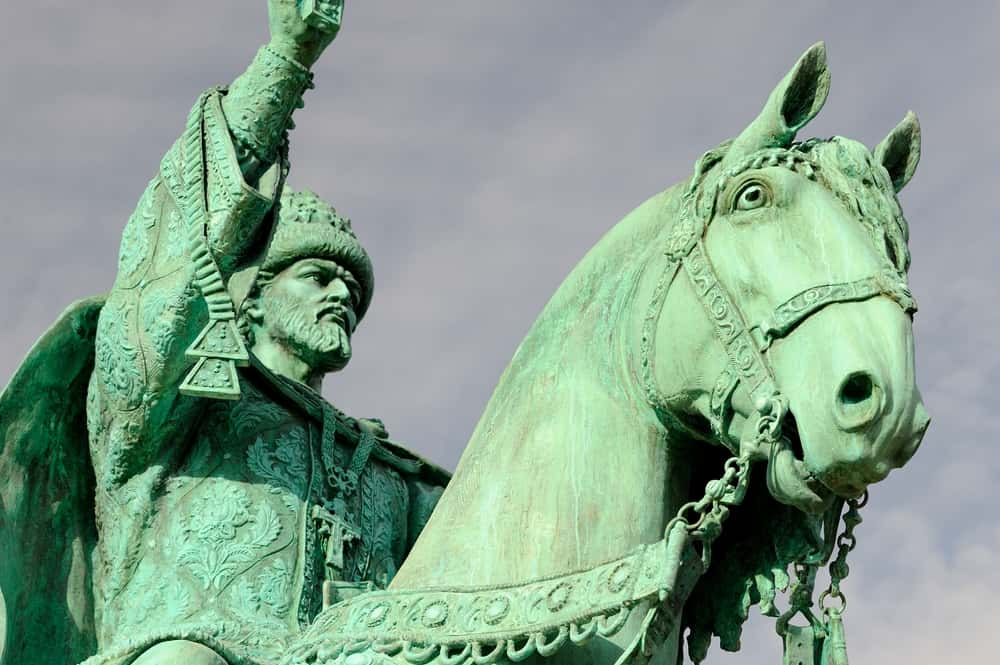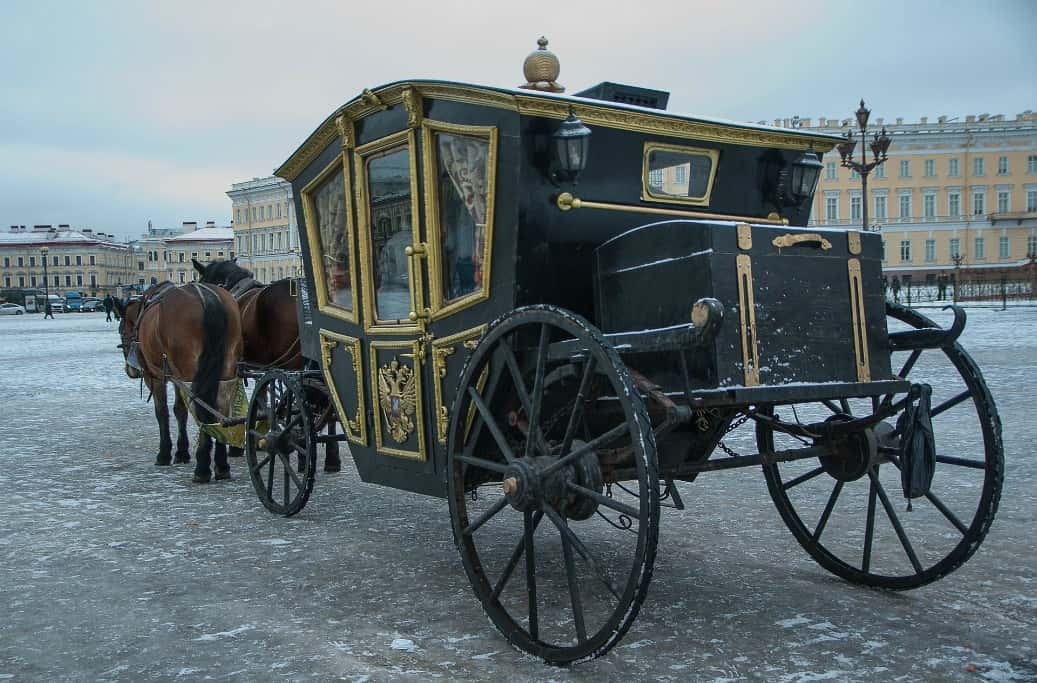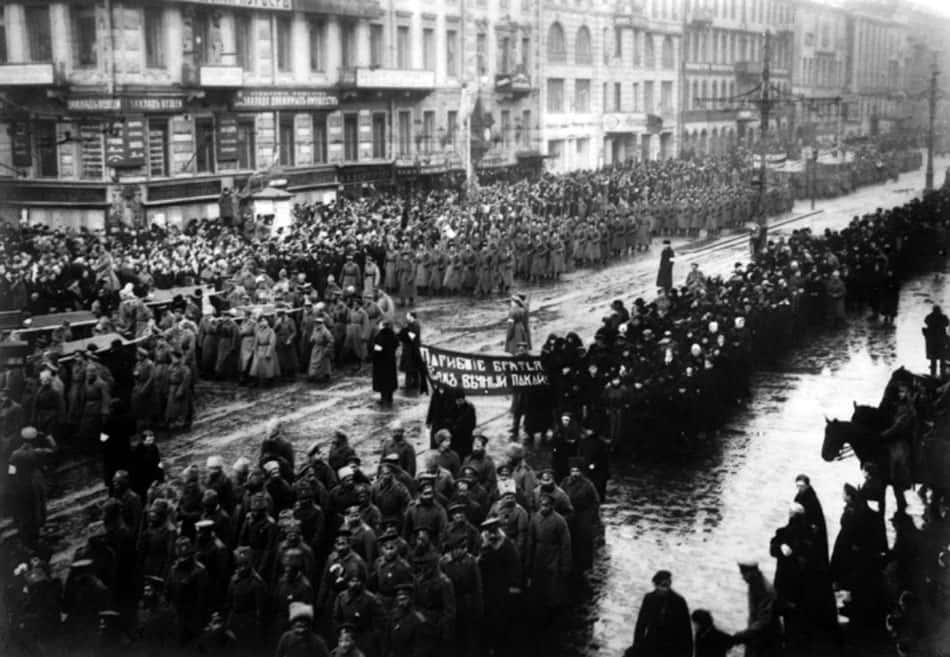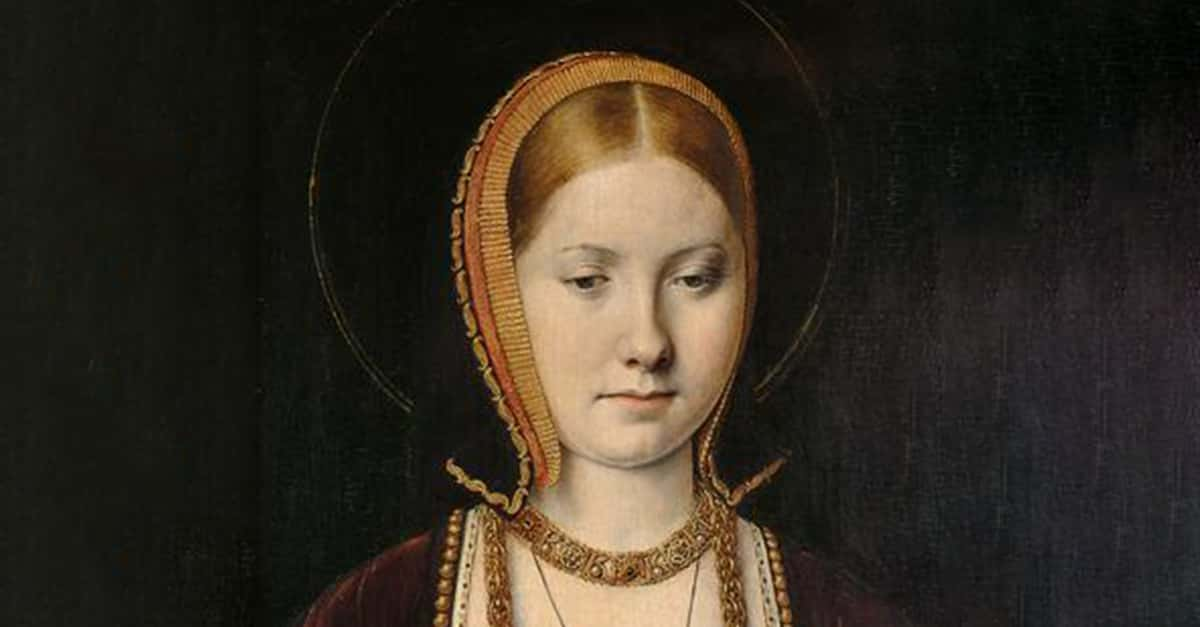What were the rulers of the Russian Empire called?
The rulers of the Russian Empire called themselves “Tsars,” which is really just a Russian way of saying “Emperor”—though it does sound pretty cool.
True or False: Siberia was part of the Russian Empire.
After conquering the Siberian Khanate in 1598, the Russian Empire took over control of Siberia. This conquest gave the Empire a significant boost in its borders.
Who founded the Russian Empire in 1721?
Though many historians posit that the Russian Empire started centuries earlier, Peter the Great was the first one to actually proclaim it as the Russian Empire, in 1721.
What word is “Tsar” derived from?
The word “Tsar” comes from the Latin “Caesar.” Not a bad lineage, if you ask me.
True or False: Ivan the Terrible was called “Terrible” because he was unpopular with the people.
Although Ivan the Terrible did some pretty bad things in his life, the “Terrible” in his title isn’t synonymous with “bad” or anything of the sort. In fact, it means something closer to “awe-inspiring,” which is actually pretty complimentary.
What was the first capital of the Russian Empire?
In 1713, Peter the Great made St. Petersburg the first capital of the Russian Empire, so it’s not a coincidence that the city bears his name. More than that, Peter actually built the metropolis virtually from the ground up.
What was the last name of the Russian Imperial family who ruled for 300 years?
The Romanovs were absolute titans of Imperial Russia. Before them, the Rurik dynasty had been in control, but once the Romanov line gained power in 1613, they didn’t relinquish the throne until 1917. Not a bad run.
What was the name of the “missing” Romanov girl who became a sensation in the 20th century?
After the assassination of the Romanov line in 1918, many people popped up claiming to be the youngest Romanov girl, Anastasia. Although all of these claims were highly suspect, the legend of Anastasia still lives on to this day.
True or False: Peter III of Russia couldn’t even speak Russian.
Peter III was actually a German aristocrat, and his Russian was shoddy at best. Nonetheless, he ruled the empire—for a very brief 6 months. His wife Catherine the Great ended up deposing him.
What was the name of Russia’s first official tsar?
Ivan the Terrible was the first to call himself “Tsar of the Rus”—and before that, he called himself “Grand Prince of all Moscow,” so this was a man who knew his worth.
What is the capital of Russia today?
After 1918, Moscow was the capital of Russia, and remains so today. Moscow is a thoroughly modern Russian city, while St. Petersburg generally looks more Old World European.
True or False: Peter the Great carried out many of his own executions.
Peter the Great didn’t earn his moniker by sitting on his throne doing nothing, and he firmly believed that the man who ordered the execution should also perform the execution.
Who was the last true heir of the Russian Empire?
Alexei Romanov was the last heir of the Russian Empire and, like his Romanov siblings, he was killed in 1918, ushering in the end of Tsarist Russia.
What was the name of the mystic who allegedly brought the Russian Empire to ruin in the 1900s?
The infamous mystic Rasputin was a close confidant of the Emperor and Empress in the early 1900s, but it was also said that his dark influence disturbed the Russian people and helped bring down the Russian Empire.
What was Ivan the Terrible infamous for doing?
Ivan the Terrible had a fierce temper, and one day in a fit of rage he struck his own son, killing him. This one act had dire consequences, and eventually threw the Russian line of succession into chaos.
True or False: Russia used to be a sober country.
This is true! Because of the Russian Empire’s orthodox beliefs, it was once a dry country, and even drinking vodka was a big no-no. Who would have thought?
Who was NOT an Emperor or Empress of Russia?
Although Igor the Mad certainly sounds like he could keep company with Catherine the Great and Ivan the Terrible, there was no such Emperor (even though there were a few royal Igors).
Which ruler was rumored to have died while on the toilet, or else from intimate relations with a horse?
Catherine the Great was a larger-than-life figure, and people continue to believe that she died on the toilet or from complications arising out of an intimate moment with a horse. Neither of these stories is true: she had a stroke in her dressing room, and died in her own bed.
True or False: Russia is currently the biggest country in the world in terms of land mass.
All the Russian expansion during its years of empire helped the country out immensely: it is the biggest country in the world, at least if we’re talking about land mass.
Catherine the Great’s reign was also called The ___________ Age:
Like Peter, Catherine didn’t get “The Great” added on to her name by sitting around doing nothing, and the advancements she brought to Russia helped establish what we now call its “Golden” age.
True or False: Queen Victoria’s descendants married into the Russian Empire.
In the early twentieth century, Queen Victoria’s bloodline was all over the royal houses of the world, including Russia’s Romanovs. Alix of Hesse, whose grandmother was Queen Victoria, married Tsar Nicholas II of Russia.
What was the assumed name of the most famous Anastasia imposter?
The woman calling herself Anna Anderson is the most famous Anastasia imposter. She claimed she was the young Russian princess and that she had been miraculously saved from assassination in 1918. DNA evidence has since debunked her story.
What genetic disorder did Alexei Romanov, the last heir of Russia, have?
Little Alexei suffered from haemophilia, a disorder of the blood that doesn’t allow it to clot properly. The disorder is very dangerous, as any minor cut or bruise can easily turn into a serious injury.
True or False: Catherine the Great was actually German.
Like her husband Peter III, Catherine was actually German. Her real name was Princess Sophie of Anhalt-Zerbst.
Ivan IV saw the Russian Empire as a continuation of which ancient Empire?
Just as they took the word “Tsar” from “Caesar,” the Russians also took inspiration from the Roman Empire as a whole, and Ivan IV saw Russia as a new Rome.
What ruler tried and failed to invade Russia in 1812?
Russian winters are not to be trifled with, and when Napoleon infamously tried to invade the country in 1812, he was met with failure. His exhausted soldiers simply couldn’t traverse the frozen Russian landscape.
What is the name of St. Petersburg’s old official residence of the tsars?
Peter the Great didn’t live to see the glory days of his Winter Palace, but the sprawling complex became the official residence for many tsars to come. Today it functions mostly as a museum.
What revolution ended the Russian Empire in 1917?
The February Revolution dismantled Tsarist Russia in 1917, and was later followed by the October Revolution, which heralded the rise of the Soviet Union. The Russian Empire had seen its final days.
What was the name of the last Russian tsar?
Tsar Nicholas II was forced to abdicate both for himself and his heir Alexei in 1917 after the February Revolution. In 1918, he and his family would be executed to make way for the Soviet Union.
Your Results
You’re a Russian citizen!
You sure know a lot about the Russian Empire and its rulers, but you’ll have to study up a bit more to make it to the throne room. Keep at it!
You’re Russian royalty!
Wow, you really know a lot about Russia’s rulers and its history—enough to be a prince or princess of the Romanov dynasty. Still, you’ve got some studying to do if you want a shot at the crown.
You’re Tsar of all Russia!
You’ve made it: your superior knowledge of the Russian Empire has crowned you Tsar of all Russia (at least in this quiz’s eyes). So sit back, place that crown on your head, and survey all your lands and riches. Nice job.
Happy With Your Test Score? This video can help you do better on any quiz... even if you know ABSOLUTELY NOTHING about the topic.
Quiz
The Russian Empire was one of the biggest and most influential dynasties in the world—until time, turmoil, and revolution eventually demolished the power of the once-mighty Russian tsars. But what is gone is not forgotten: How much do you know about the great Russian Empire, history’s lost dynasty?
More from Factinate

Featured Article
My mom never told me how her best friend died. Years later, I was using her phone when I made an utterly chilling discovery.

Nothing stays hidden forever—and these dark family secrets are proof that when the truth comes out, it can range from devastating to utterly chilling.

Featured Article
Madame de Pompadour was the alluring chief mistress of King Louis XV, but few people know her dark history—or the chilling secret shared by her and Louis.

Madame de Pompadour was the alluring chief mistress of King Louis XV, but few people know her dark history—or the chilling secret shared by her and Louis.
More from Factinate

Featured Article
I tried to get my ex-wife served with divorce papers. I knew that she was going to take it badly, but I had no idea about the insane lengths she would go to just to get revenge and mess with my life.

When someone really pushes our buttons, we'd like to think that we'd hold our head high and turn the other cheek, but revenge is so, so sweet.

Featured Article
Catherine of Aragon is now infamous as King Henry VIII’s rejected queen—but few people know her even darker history.

Catherine of Aragon is now infamous as King Henry VIII’s rejected queen—but very few people know her even darker history.
Dear reader,
Want to tell us to write facts on a topic? We’re always looking for your input! Please reach out to us to let us know what you’re interested in reading. Your suggestions can be as general or specific as you like, from “Life” to “Compact Cars and Trucks” to “A Subspecies of Capybara Called Hydrochoerus Isthmius.” We’ll get our writers on it because we want to create articles on the topics you’re interested in. Please submit feedback to contribute@factinate.com. Thanks for your time!
Do you question the accuracy of a fact you just read? At Factinate, we’re dedicated to getting things right. Our credibility is the turbo-charged engine of our success. We want our readers to trust us. Our editors are instructed to fact check thoroughly, including finding at least three references for each fact. However, despite our best efforts, we sometimes miss the mark. When we do, we depend on our loyal, helpful readers to point out how we can do better. Please let us know if a fact we’ve published is inaccurate (or even if you just suspect it’s inaccurate) by reaching out to us at contribute@factinate.com. Thanks for your help!
Warmest regards,
The Factinate team
